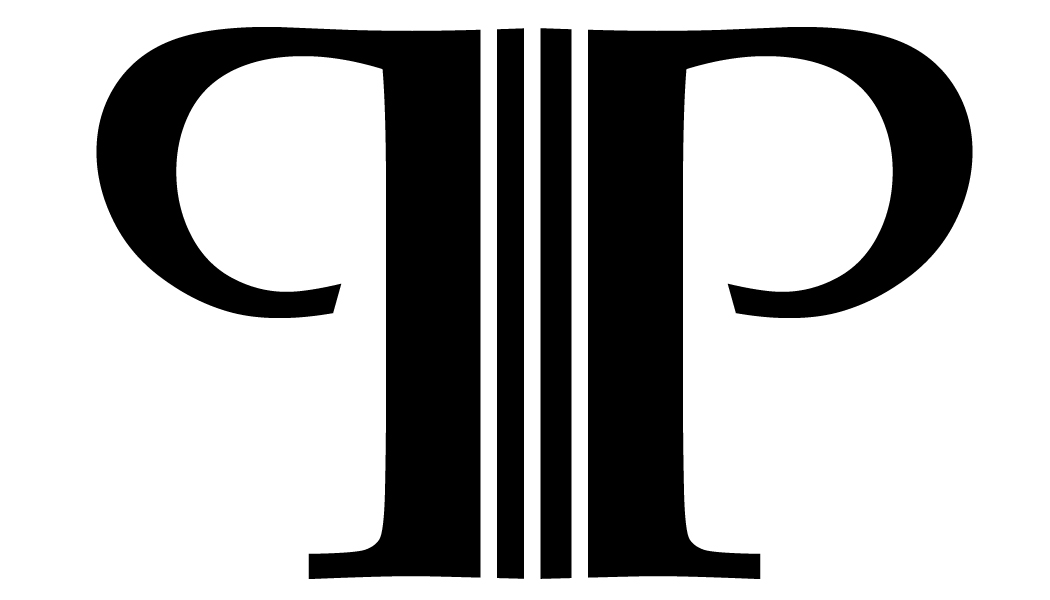Sitting down to practice I look at my music and can hear the notes in my head, I bring the bow to the strings and begin- only to find that, while the notes in my head are correct, the rhythm is squiffy. septuplets and sixteenths and duplets and triplets...these are a few of my favorite things….I need the Doctor. Dr. Beat that is, my metronome.
When you are beginning to study an instrument the introduction of the metronome is both a benchmark and a catastrophe. It’s seemingly simple to clap along to quarter notes that aren’t moving too quickly- we do it at concerts with our hands AND feet. Yet being metronomic, by definition, is being exact. As we try to clap precisely with a downbeat we often find ourselves lagging...or speeding. I very clearly remember being at lessons as a child, watching the triangular wooden metronome sitting atop the piano. Hearing that distinct click with the added necessity of winding every so often. My teacher also had a ticking clock that often fell on the off beats of my metronome pulse making things even more confusing. Trying to clap to two separate rhythm sources while watching the clock for the lesson to be over was nearly impossible.
In making introductions between metronome and students I remind them that we are all hard wired for music; we live surrounded by pitches and day-to-day rhythms. The most consistent pulse of all being our own heartbeat. As important as logical thinking is, I ask that this is one area that you ‘feel’ rather than work through.
I find that the consistent sound can be rather meditative. I took a Eurythmic class and the instructor and I spent a lot of time sitting, eyes closed letting the steady pulses wash over us. After a time we would begin softly clapping- the task seemed so much easier after quietly “feeling” the beat.
Once someone is ready to begin metronome work I will assign a piece that is very simple, rhythm and note wise so that all that is required of the brain is to feel the pulse. I ask that each session begin with clapping of the rhythm, no bow or cello in hand. In dissecting music you are getting ready to play- notes and rhythm are of equal importance. Even if you have no idea what the piece in front of you sounds like- if you can clap it- you can play it.
For a while, once out of the studio, this clapping stuff is confusing. You are trying to clap eighth notes but they seem to be coming sooner than needed...and forget those sixteenths. Perhaps it would be easiest to practice without that thing for one more week?
The metronome is why I have tissues in the studio.
But once understanding kicks in...oh how things change. Suddenly everything is untangled by the metronome- he is consistent and never lies to you- he really is your friend! So now perhaps it would be easiest to practice with the metronome on for everything?
I’ve often thought how wonderful it would be to have a “life metronome” - a little black box that could hang around your neck- it’s sole function to explain and untangle everything.
Bet they’d sell it on Amazon.
Melissa

